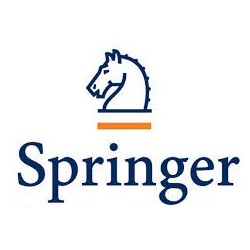Abstract
Objectives The aim of this study was to demonstrate that eloquent cortex and epileptic-related hemodynamic changes can be safely and reliably detected using simultaneous electroencephalography (EEG)–functional magnetic resonance imaging (fMRI) recordings at ultra-high field (UHF) for clinical evaluation of patients with epilepsy. Materials and methods Simultaneous EEG–fMRI was acquired at 7 T using an optimized setup in nine patients with lesional epilepsy. According to the localization of the lesion, mapping of eloquent cortex (language and motor) was also performed in two patients. Results Despite strong artifacts, efficient correction of intra-MRI EEG could be achieved with optimized artifact removal algorithms, allowing robust identification of interictal epileptiform discharges. Noise-sensitive topographyrelated analyses and electrical source localization were also performed successfully. Localization of epilepsyrelated hemodynamic changes compatible with the lesion were detected in three patients and concordant with findings obtained at 3 T. Local loss of signal in specific regions, essentially due to B1 inhomogeneities were found to depend on the geometric arrangement of EEG leads over the cap. Conclusion These results demonstrate that presurgical mapping of epileptic networks and eloquent cortex is both safe and feasible at UHF, with the benefits of greater spatial resolution and higher blood-oxygenation-level-dependent sensitivity compared with the more traditional field strength of 3 T.








